Where to See
| Species Group | Damselflies |
|---|---|
| Scientific Name | Coenagrion hastulatum |
| Status & Distribution | Listed as Endangered in the British Odonata Red List 2008. This species is restricted in the UK to the Scottish Highlands. |
| Habitat | This species is restricted in the UK to sedge-fringed lochans in the Scottish Highlands. |
| Flight Period |  |
| Adult Identification |
|
| Larval Information | Antennae with 6 segments. Prominent spotting on the head. Caudal lamellae long and narrow with distinct, dark nodal constriction and dark nodal lines. |
| Threats |
|
| Management | |
| Similar Species | Only two other species of blue/green and black damselflies share their range with the Northern Damselfly
This species is easily confused with the other members of the genus Coenagrion and with the Common Blue Damselfly Enallagma cyathigerum . Look at S2 (on the males) for distinguishing characters. Northern Damselfly is a weak flyer and has a very restricted range. The females can be particularly tricky to distinguish apart. |

